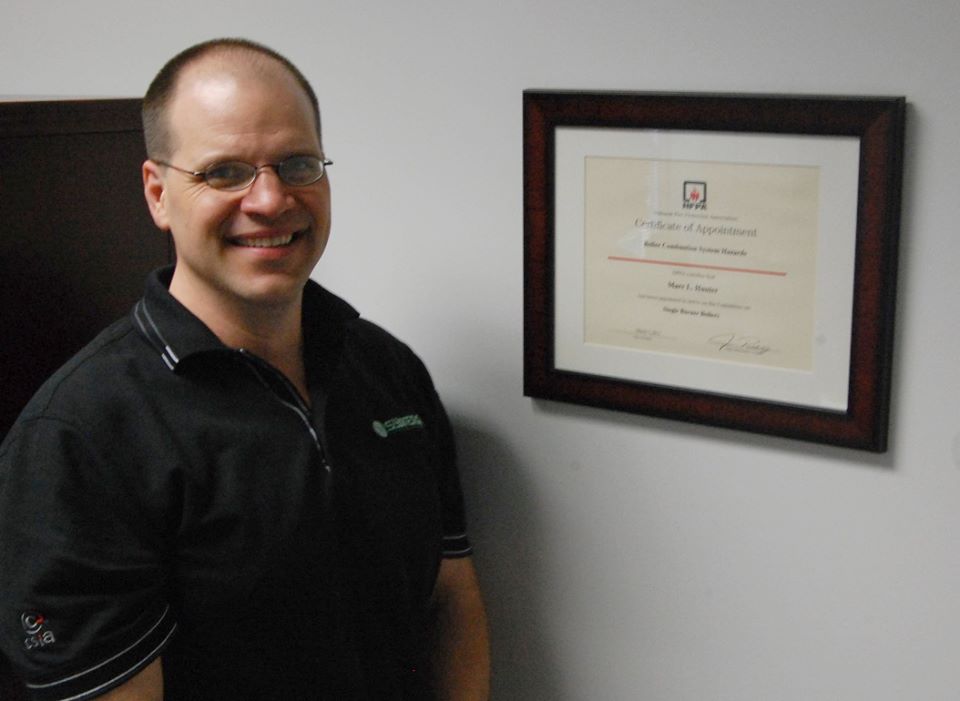Synergy Vice-President, Marc Hunter, has recently become a part of The Committee of NFPA 85 Boiler and Combustion Systems Hazards Code. He is a Principal Subject Expert on the committee and participates in votes that determine the standards of NFPA 85.
“Now, more than ever, our clients are assured they get a compliant solution and a superior level of safety in our control systems and boiler optimization,” said Hunter.
Hunter insist he is just happy to be considered, but the rest of us here at Synergy know the committee is lucky to have his 20 years of automation experience there to guide the committee on votes. His experiences on the committee will undoubtedly further our commitment and expertise in our core values of safety, reliability and efficiency.

More about NFPA 85 (from http://www.nfpa.org )
Document Scope:
1.1* Scope. This code shall apply to single burner boilers, multiple burner boilers, stokers, and atmospheric fluidized-bed boilers with a fuel input rating of 3.7 MWt (12.5 million Btu/hr) or greater, to pulverized fuel systems, to fired or unfired steam generators used to recover heat from combustion turbines [heat recovery steam generators (HRSGs)], and to other combustion turbine exhaust systems. 1.1.1 This code shall cover design, installation, operation, maintenance, and training. 1.1.2 This code shall cover strength of the structure, operation and maintenance procedures, combustion and draft control equipment, safety interlocks, alarms, trips, and other related controls that are essential to safe equipment operation. 1.1.3 Coordination of the design and operating procedures of the boiler furnace or HRSG system and any flue gas cleanup systems downstream of the post-combustion gas passes shall be required. Such coordination shall include requirements for ensuring a continuous flow path from the combustion air inlet through the stack.



